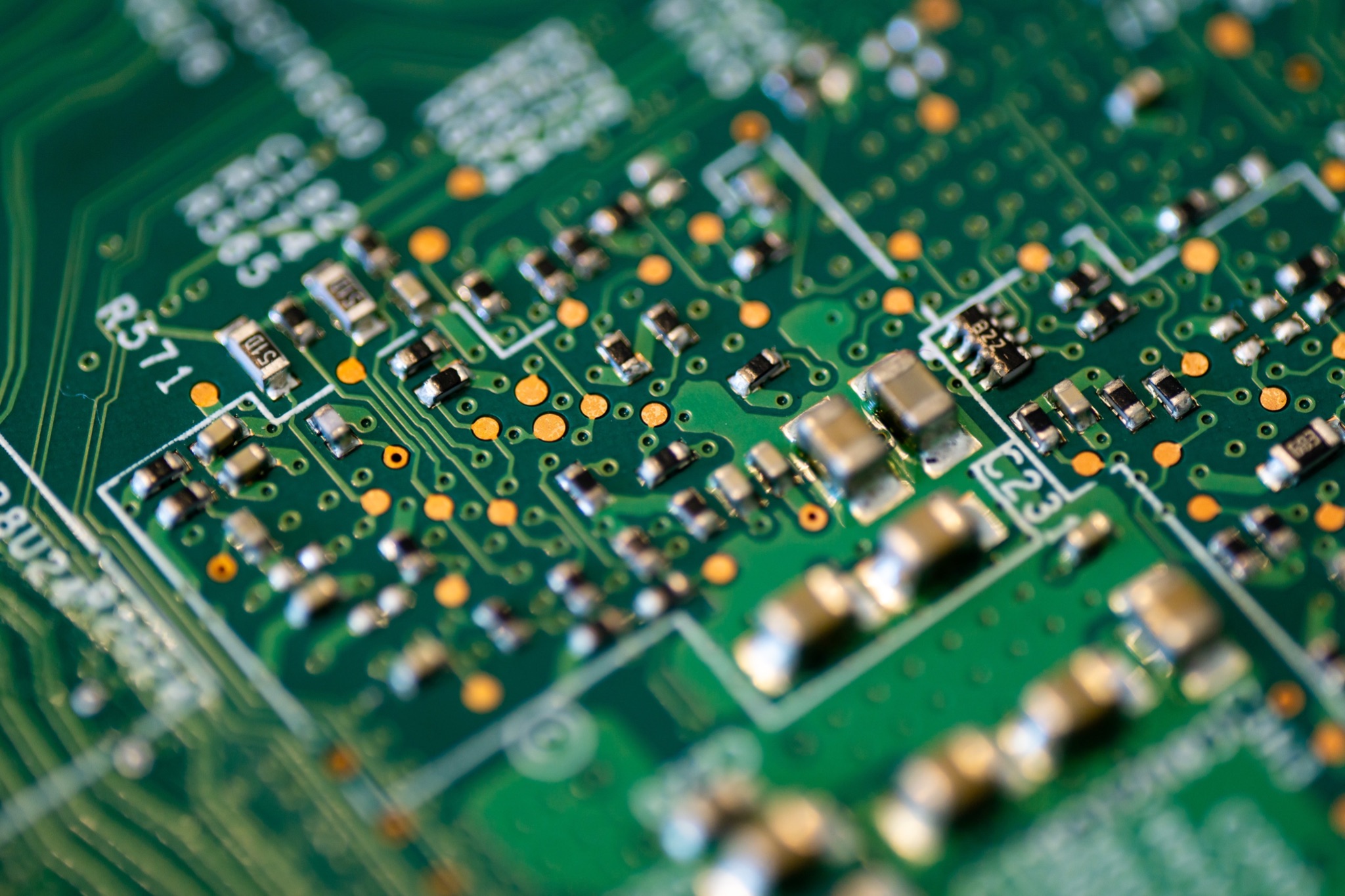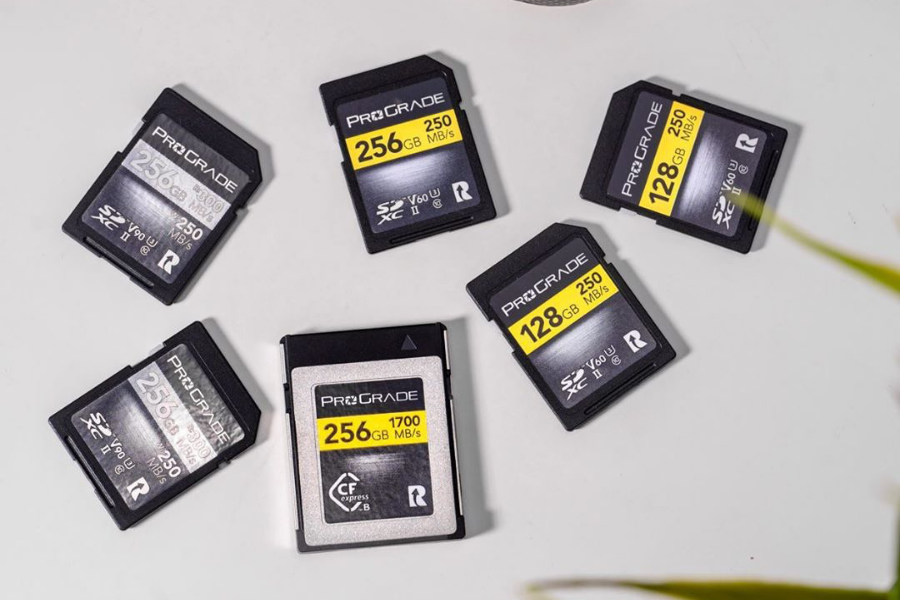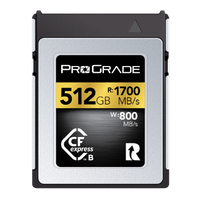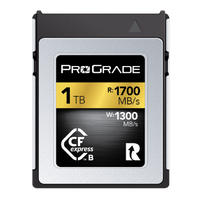Have you ever wondered what goes on inside a memory card? Curious to crack one open to see what’s there and learn how these tiny storage devices work?
If yes, then this article is for you. We’ll explore the inner workings of memory cards and discover the science behind their remarkable data storage capacity and speed. Understanding how data is written and stored on a card gives you the necessary knowledge of how to maintain your cards and extend their life. So, let’s get started!
What is a Memory Card?
A memory card is a small, portable data storage device used in many consumer electronics, such as cameras, phones, and tablets. They are small, lightweight, and incredibly durable digital devices that can hold large amounts of data in a compact form factor.
Memory cards differ in terms of storage capacity, speed, form factor, and compatibility. Storage capacity determines how much data can be stored on the card. Speed is related to the time it takes to copy data onto or off the card. The form factor will determine what type of device the card can be used in. And compatibility is related to which devices recognize the card or what types of files can be stored on it.
The most common memory cards used in digital cameras are SD cards, microSD cards, CFexpress Type A, CFexpress Type B, and CFast cards. Though seemingly very different, all these cards work essentially the same.
How Do Memory Cards Work?
Memory cards may have different form factors, connectors, bus standards, or PCI lanes, which makes them look different and perform differently, but the underlying working principles are still the same. The fastest memory card, like the slowest one, still utilizes flash memory technology to store digital data. It’s just better at it.
So, if you break any memory card open, you will always find two things: a controller and a NAND flash memory chip. NAND stands for Not And logic gate, but that’s a topic for another blog post. All you need to know here is that the controller is responsible for managing data (reading and writing), while the memory chip is responsible for storing data.

Rendering for illustrative purposes only, not an actual card

How Does NAND Flash Memory Work?
NAND Flash memory is a type of memory that is used for storing data in a non-volatile way. Unlike other types of memory, flash memory does not require a constant power source and can retain data even when the device is powered off.
In other words, Flash memory cells are electrically charged when data is written to them and remain that way until they are discharged. This allows memory cards to hold data even when power is turned off. That is why your photos stay put when you remove the memory card from your camera.
Flash memory stores data in tiny memory cells on an integrated circuit. These memory cells act as gates or switches that can be either ON or OFF. This makes it ideal for storing binary data, including digital media files. Each cell can hold only one bit of data, so a 512GB memory card has almost 4.1 TRILLION of those tiny on-off switches.
- To write data on a memory card, an electrical current is passed through the transistors. This causes memory cells to switch “on” or “off.” If a transistor is “on,” it stores a 1; if it’s “off,” it stores a 0.
- To read stored information, an electrical current must be passed through the memory cells again. This time, the current flow is measured, and these ons and offs are turned back into 1s and 0s. If the cell is OFF, meaning has a 0 stored inside it, very little current flows through. If the cell is ON and contains a 1, more current will flow through it.
- To erase data, the current needs to be reversed, and all transistors need to be discharged back to their original state.
That is why keeping your memory cards in their respective cases is critical. For more practical tips, read our article about how to increase the lifespan of your memory cards.

What are the Advantages of Flash Memory?
The main three advantages of flash memory over other types of storage are its durability, capacity, and speed. Flash memory can withstand extreme temperatures and shock much better than other types of storage media, making it ideal for applications where durability is key. Additionally, because data can be written directly onto its memory cells without waiting for magnetic media or tape reels to spin up and down, flash memory can read and write data much faster than other storage media. On top of all that, flash memory has the advantage of providing large capacities in a small form factor, making it an ideal storage solution for devices with limited space, including digital cameras.
What Makes Some Memory Cards Faster and Better?
It’s similar to why some computer processors are more capable than others. Creating the firmware and controller capable of handling astronomical data rates of today’s pro-level cameras requires a lot of diligent work.
On top of that, not all flash memory cells are created equal nor configured the same. For example, there are SLC (single-level cells), MLC (multi-level cells), TLC (triple-level cells), and so forth – all these flash memory cells have different characteristics, but that’s the topic for a future blog post.
ProGrade Digital memory cards are also Refresh Pro compatible. Refresh Pro is ProGrade Digital’s proprietary software which, among other things, allows you to update the memory card’s firmware. This helps keep ProGrade Digital memory cards in sync with the latest developments and makes them work better with the newest cameras.
Memory cards with faster speeds are essential for capturing high-quality images and videos. They allow digital cameras and camcorders to rapidly write data to the card. All that while ensuring that you don’t fill your camera’s buffer even when shooting RAW images or that you don’t start dropping frames when shooting video with higher resolutions.
Conclusion
There you have it! You’re now among the small majority who know how memory cards work and how flash memory operates. Kudos for curiosity!
If you want to dig even deeper and learn more about different memory cards and what makes some better than others, we have a great article for you: Memory Cards 101: Your Ultimate Guide.
Ready to Upgrade?
We at ProGrade Digital manufacture reliable, high-speed memory cards and workflow readers for professional photographers and videographers. Join the family and take your workflow to a whole new level.





